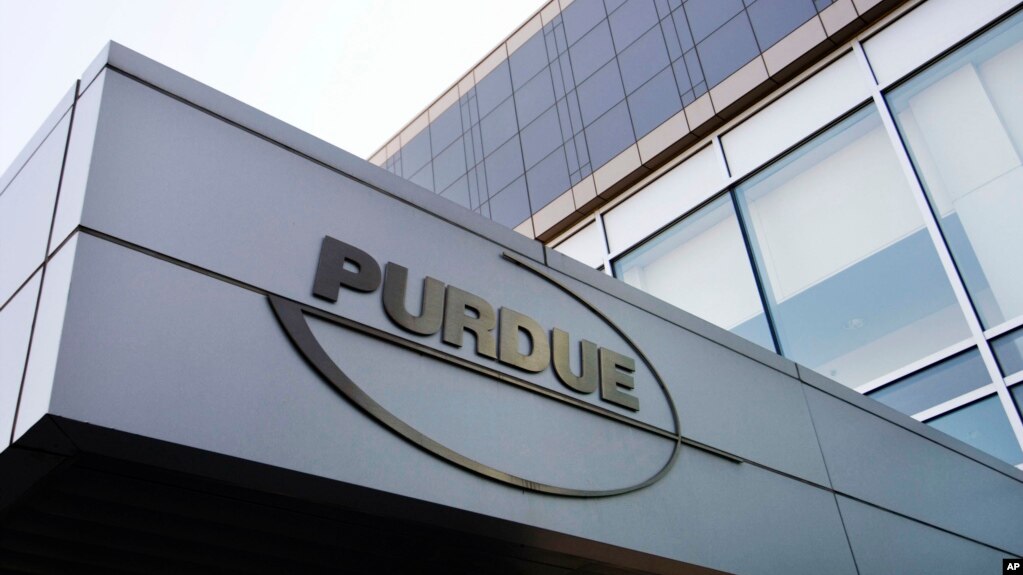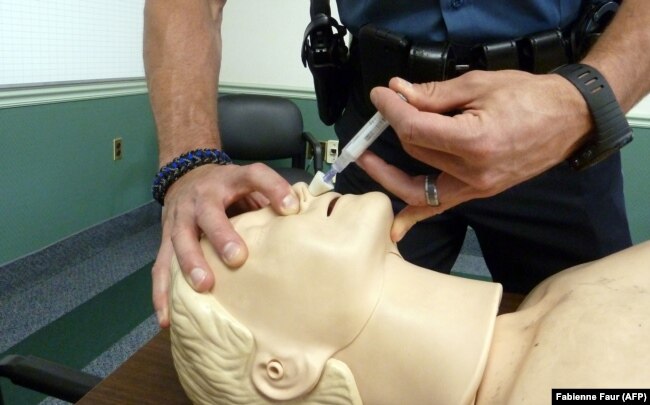OxyContin maker Purdue Pharma announced Wednesday that it's making a $3.4 million grant to Harm Reduction Therapeutics, a Pittsburgh-based nonprofit, to help develop a low-cost naloxone nasal spray. The announcement comes as lawsuits from local governments blaming Purdue, based in Stamford, Connecticut, and other companies in the drug industry for using deceptive marketing practices to encourage heavy prescribing of the powerful and addictive painkillers. Last week, the number of lawsuits against the industry being overseen by a federal judge topped 1,000.

Purdue Pharma offices are seen in Stamford, Connecticut
The Cleveland-based judge, Dan Polster, is pushing the industry to settle with the plaintiffs — mostly local governments and Native American tribes — and with state governments, most of which have sued in state court or are conducting a joint investigation. Hundreds of other local governments are also suing in state courts across the country. The sides have had regular settlement discussions, but it's not clear when a deal might be struck in the case, which is complicated by the number of parties and questions on how to assign blame.
The U.S. Centers for Disease Control and Prevention reported that drug overdoses killed a record 72,000 Americans last year. The majority of the deaths involved opioids. But a growing number of them are from illicit synthetic drugs, including fentanyl, rather than prescription opioids such as OxyContin or Vicodin. Governments are asking for changes in how opioids are marketed, and for help paying for treatment and the costs of ambulance runs, child welfare systems, jails and other expenses associated with the opioid crisis.

A police officer demonstrates the use of naloxone in Millersville, Maryland
Polster is expected to rule in coming weeks on motions from drugmakers, distributors and pharmacies to dismiss thee claims. Trials in some of the cases — being used to test issues common to many of them — are now scheduled to begin in September 2019. Purdue agreed to pay $634 million in fines back in 2007 to settle charges that the company downplayed the risk of addiction and abuse of its blockbuster painkiller OxyContin starting in the 1990s. It's facing similar accusations again. Earlier this year, the privately held company stopped marketing OxyContin to doctors.
Naloxone


 The Science, Health, and Technology Room
The Science, Health, and Technology Room


 Reply With Quote
Reply With Quote





